The University of Maine will receive the largest 3D printer in the world. The announcement was made during a press event announcing a collaborative research project to explore the use of wood-based plastics in large-scale 3D manufacturing.
The new research collaboration is between UMaine and the U.S. Department of Energy’s Oak Ridge National Laboratory in Tennessee. U.S. Sens. Susan Collins and Angus King at a Thursday press conference announced the project, which is part of a $20 million effort funded by the federal energy department to strengthen regional manufacturing by connecting university-based researchers and industry clusters with experts at the federal laboratory, which is the department’s largest focused on science and energy.
“This project is an outstanding example of what we can do when our national laboratories work collaboratively with our universities to drive American innovation, create jobs and strengthen our economy,” Collins said at the press conference.
The research project’s goal is to advance efforts to develop commercially viable wood-derived, bio-based plastics capable of manufacturing a variety of large products, such as building components, wind-turbine blades, and boat hulls. If successful, such technology would create a new market for Maine’s forest products industry.
Habib Dagher, executive director of UMaine’s Advanced Structures & Composites Center, discussed the “cellulose nano fiber” technology at Thursday’s press conference.
“The materials are nanocellulose, basically a tree ground up to its nano structure. And these materials have properties similar to metals,” Dagher said. “We are taking those and putting them in bioplastics so we can make very strong plastics that we can print almost anything with.”
Sens. Collins and King said this research collaboration is a direct result of their efforts in Washington to explore how federal resources could be used to help Maine and its struggling forest products industry after the last string of paper mills closures.
“This is a concrete product of that work,” King said. “We are sitting on a gold mine of fiber and the question is how do we utilize it? How do we create value? How do we create jobs? This is an entirely new use [for that resource] … that will create new opportunities in Maine and other parts of the country.”



